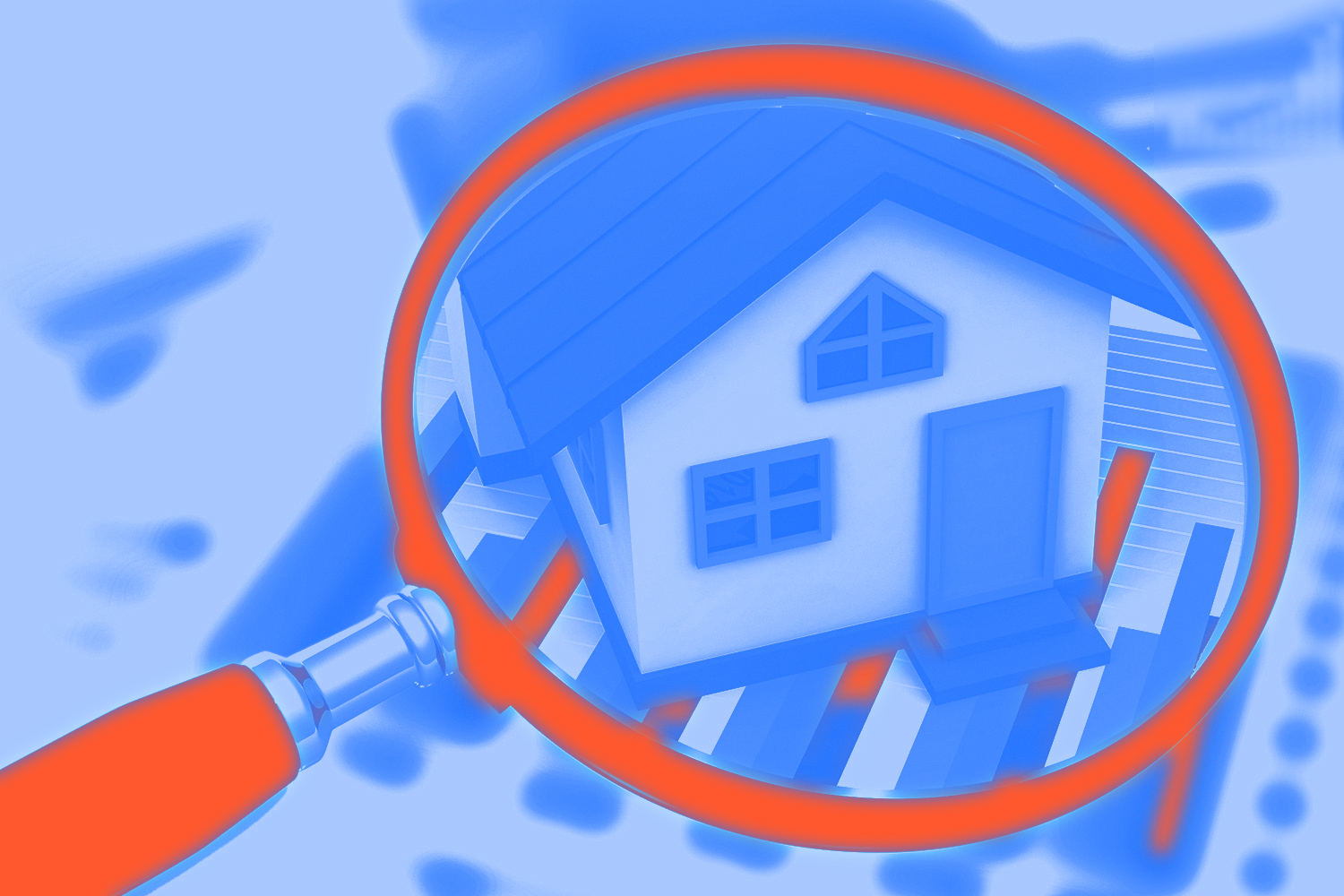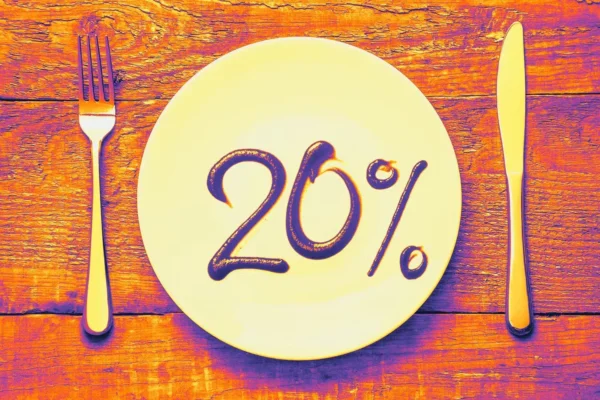
What Is a Second Mortgage?

Most people are familiar with the idea of taking out a mortgage to buy a home. What’s less commonly discussed—but far from rare—is the use of a second mortgage. Whether taken out during the homebuying process or added later on, a second mortgage can serve a range of purposes and offer additional financial flexibility.
In this guide, we’ll explore what a second mortgage is, why homeowners use them, and what to think about if you’re considering taking out a subordinate loan.
What is a second mortgage?
A second mortgage, sometimes called a junior or subordinate mortgage, is an additional loan you take out using your home as collateral—on top of your existing mortgage loan.
Because this loan is “second” in line behind your first mortgage, lenders take on more risk. As a result, second mortgages often come with higher interest rates or stricter requirements than a first mortgage.
From Mortgages to Home Equity Loans
Our local, award-winning lending team is ready to help you begin today.
Types of Second Mortgages
Second mortgages come in different forms depending on how they are structured and used.
Purchase Money Second Mortgages
A purchase money second mortgage is taken out at the same time as a primary mortgage to help finance the purchase of a home. Instead of making a large down payment, buyers use this loan to cover part of the cost.
This is often used in 80-10-10 financing, where the first mortgage covers 80% of the home’s price, the second mortgage covers 10%, and the remaining 10% is the buyer’s down payment. You may hear it referred to as a “piggyback” mortgage.
By structuring financing this way, buyers can sometimes avoid private mortgage insurance (PMI) and secure better loan terms on their first mortgage. This type of second mortgage is commonly used by buyers who want to minimize upfront costs while still meeting lender and loan requirements.
Home Equity Loans
A home equity loan can be taken out at any point after you’ve purchased the home, whether you closed a few months ago or have been paying it off for years.
This type of second mortgage provides a lump sum of money leveraged against the equity you have in your home. The more equity you’ve built in the house, the more you’ll be able to borrow. Like a mortgage, these are repaid over a fixed term with a set interest rate. Since the interest rate is fixed, monthly payments remain the same, making it easier to budget.
A home equity loan is best suited for homeowners who need a large amount of cash upfront for things such as major home renovations, medical expenses, or debt consolidation. Because it functions like a traditional loan, borrowers receive the entire amount at once and start repaying it immediately.
A note on home equity loans: For borrowers in Texas, it’s worth noting that the state has unique rules when it comes to home equity loans. Texas law caps total mortgage debt at 80% of the home’s appraised value when taking out a home equity loan. This means if you already have a first mortgage, you can only borrow up to the difference between your current loan balance and 80% of the home’s value.
Home Equity Lines of Credit (HELOC)
Like a home equity loan, a home equity line of credit can be taken out at any point in time, provided you have enough equity in your home.
However, a home equity line of credit (HELOC) works more like a credit card than a traditional loan. Instead of receiving a lump sum, homeowners are given access to a revolving line of credit, which they can draw from as needed up to a set limit. HELOCs typically have variable interest rates, meaning payments may fluctuate over time. This type of second mortgage is useful for ongoing or unpredictable expenses, such as home improvements completed in stages or covering emergency costs. Borrowers only pay interest on the amount they use, and some HELOCs allow interest-only payments during the initial draw period.
A note on home equity lines of credit: In Texas, home equity lines of credit are bound to the same rules as home equity loans. This means you can only borrow up to 80% of your home’s value, minus any existing mortgage debt.
Pros and Cons of Second Mortgages
Before taking out a second mortgage, it’s important to fully understand the advantages and drawbacks to doing so.
Advantages of Second Mortgages
Second mortgages can be a smart borrowing decision for the following reasons:
1. Purchase money second mortgages can help buyers avoid jumbo mortgages.
Traditional conforming loans cap at $806,500 in 2025. If you need a more substantial mortgage than that, you’ll likely have to take out a jumbo mortgage. Homeowners may choose to take out one conforming loan and one smaller subordinate loan to split the amount into two.
2. Purchase money second mortgages can help buyers avoid paying private mortgage insurance (PMI).
In most cases, lenders will require private mortgage insurance if less than 20% is placed down on a home purchase. Subordinate financing can be used to put down a larger down payment, therefore eliminating the need to pay for PMI.
3. Home equity loans and HELOCs can help homeowners get cash for home renovations and more.
Loans borrowed against your home’s equity provide you with money that you can use at your discretion. Common uses of home equity loans include home renovations, education expenses, and debt consolidation.
4. Home equity loans and HELOCs often come with better interest rates.
Compared to unsecured borrowing like credit cards and personal loans, home equity financing offers more affordable interest rates.
5. Second mortgages may have come with tax-deductible interest payments.
In some cases, you can take advantage of a tax deduction on mortgage interest, which helps your wallet during tax season. However, laws around this have recently changed, so be sure to consult a tax professional to ensure you’re eligible.
Drawbacks to Second Mortgages
For some, the downsides of a second mortgage may outweigh the benefits. It’s important to keep the following points in mind.
1. Your debt burden will be higher
You should always be careful when you grow your debt burden, especially when it is secured against your home. As with your mortgage, this puts you at risk of foreclosure if you can’t make your payments.
2. You will have multiple loan payments.
With subordinate financing, you pay both home loans off concurrently. This means you’ll have two loan payments each month, which can impact your cash flow and money typically reserved for discretionary spending.
3. The interest rate will be higher than the primary mortgage.
Because of the greater risk that financial institutions carry with a subordinate loan, they typically have a slightly higher interest rate than primary home mortgages.
Is a second mortgage right for you?
A second mortgage can be a useful financial tool, whether you’re using it to purchase a home with a smaller down payment, avoid PMI, or tap into your home’s equity for major expenses. However, taking on an additional loan is a big financial decision—one that comes with both benefits and risks.
Because second mortgages vary in structure, interest rates, and eligibility requirements, it’s important to carefully evaluate your options before committing to one. A local lender with Amplify Credit Union can provide guidance tailored to your unique financial situation, helping you understand the terms, potential costs, and long-term impact of a second mortgage.
Whether you’re considering a purchase money second mortgage, a home equity loan, or a HELOC, consulting with an expert can ensure you make the best decision for your home and finances.




